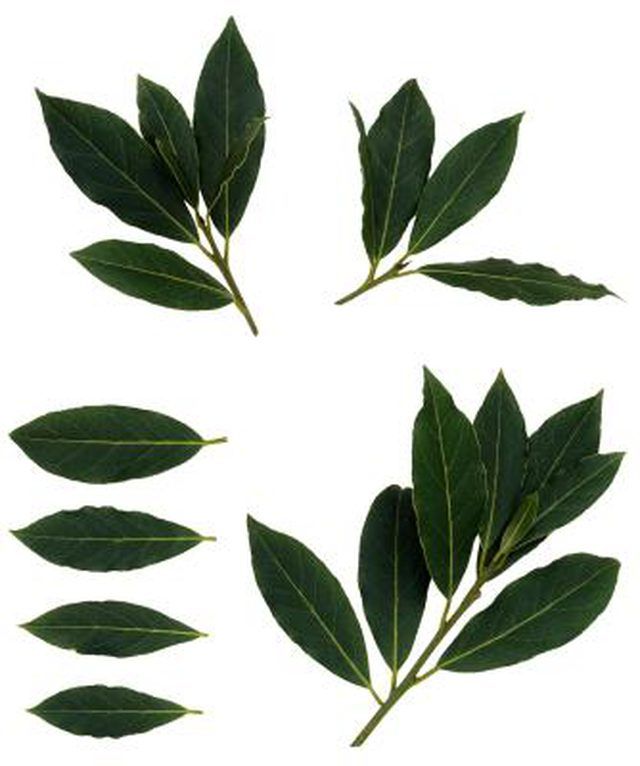Bulbs
Flower Basics
Flower Beds & Specialty Gardens
Flower Garden
Garden Furniture
Garden Gnomes
Garden Seeds
Garden Sheds
Garden Statues
Garden Tools & Supplies
Gardening Basics
Green & Organic
Groundcovers & Vines
Growing Annuals
Growing Basil
Growing Beans
Growing Berries
Growing Blueberries
Growing Cactus
Growing Corn
Growing Cotton
Growing Edibles
Growing Flowers
Growing Garlic
Growing Grapes
Growing Grass
Growing Herbs
Growing Jasmine
Growing Mint
Growing Mushrooms
Orchids
Growing Peanuts
Growing Perennials
Growing Plants
Growing Rosemary
Growing Roses
Growing Strawberries
Growing Sunflowers
Growing Thyme
Growing Tomatoes
Growing Tulips
Growing Vegetables
Herb Basics
Herb Garden
Indoor Growing
Landscaping Basics
Landscaping Patios
Landscaping Plants
Landscaping Shrubs
Landscaping Trees
Landscaping Walks & Pathways
Lawn Basics
Lawn Maintenance
Lawn Mowers
Lawn Ornaments
Lawn Planting
Lawn Tools
Outdoor Growing
Overall Landscape Planning
Pests, Weeds & Problems
Plant Basics
Rock Garden
Rose Garden
Shrubs
Soil
Specialty Gardens
Trees
Vegetable Garden
Yard Maintenance
How to Prune Dwarf English Laurels
How to Prune Dwarf English Laurels. The dwarf English laurel (Prunus laurocerasus 'Nana') provides gardeners with smaller landscapes a version of the English laurel (Prunus laurocerasus) that requires less space. This broadleaf evergreen shrub reaches a mature height of 6 to 8 feet with an equal spread, almost half the height of its parent plant....

The dwarf English laurel (Prunus laurocerasus 'Nana') provides gardeners with smaller landscapes a version of the English laurel (Prunus laurocerasus) that requires less space. This broadleaf evergreen shrub reaches a mature height of 6 to 8 feet with an equal spread, almost half the height of its parent plant. The dwarf English laurel grows in U.S. Department of Agriculture plant hardiness zones 7 through 9, where it requires yearly pruning to keep it healthy and aesthetically pleasing. Prune this shrub in the late spring to early summer after it finishes blooming.
Things You'll Need
Pruning shears
Loppers
Wheelbarrow or bucket
Rake
Walk around the dwarf English laurel, looking for dead, leafless branches with gray, dry wood. Select one dead branch and cut it off 1/4 inch above its base. Make the cut with a pair of pruning shears if the branch's diameter is 3/4 inch or less and a pair of loppers if its diameter is greater than 3/4 inch. Repeat this process to remove all dead branches from the plant.
Examine the dwarf English laurel for any broken, cracked or split limbs. Prune each broken portion from the plant, making each cut 1/4 inch above a set of leaves, outward facing lateral branch or growth node located at least 1 to 2 inches below the damaged area.
Cut off any leggy and extremely vigorous branches growing outside the plant's general perimeter, which detract from its overall appearance. Grasp the tip of the offending branch with one hand and bend it down slightly to expose its length located within the dwarf English laurel's canopy. Cut the branch off 1/4 inch above an outward facing lateral branch or set of leaves located at least 2 inches below the canopy's perimeter. Repeat this process to shape the shrub as desired.
Cut out one or more limbs located in extremely dense sections of the shrub to thin the area and allow sunlight to reach the plant's interior. Do not remove more than one-third of the dwarf English laurel's branches during a single pruning.
Place all removed limbs into a wheelbarrow or bucket. Rake up any fallen leaves or other debris on the ground around the shrub. Discard the collected plant material in a trash bin or on a compost heap.